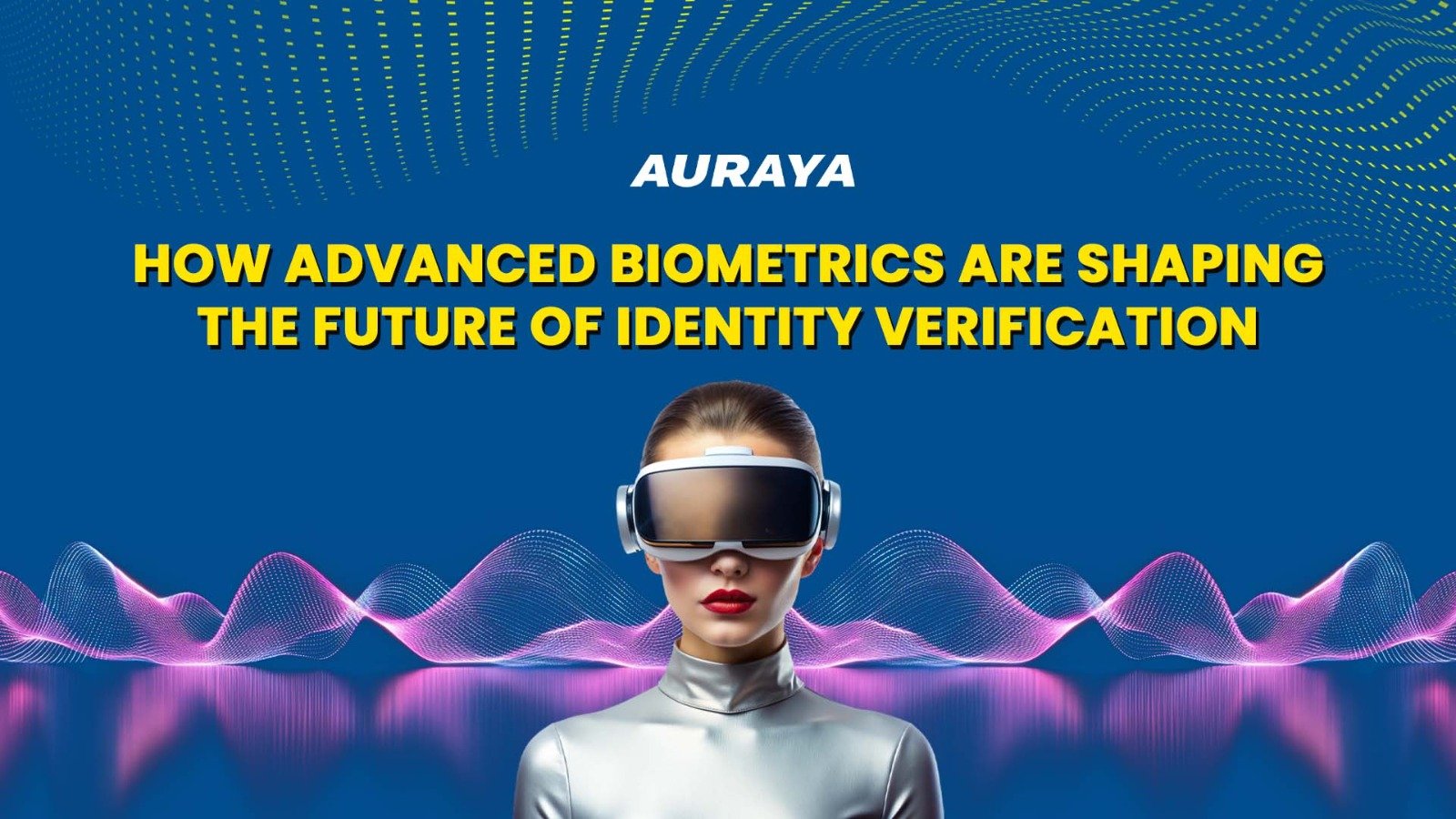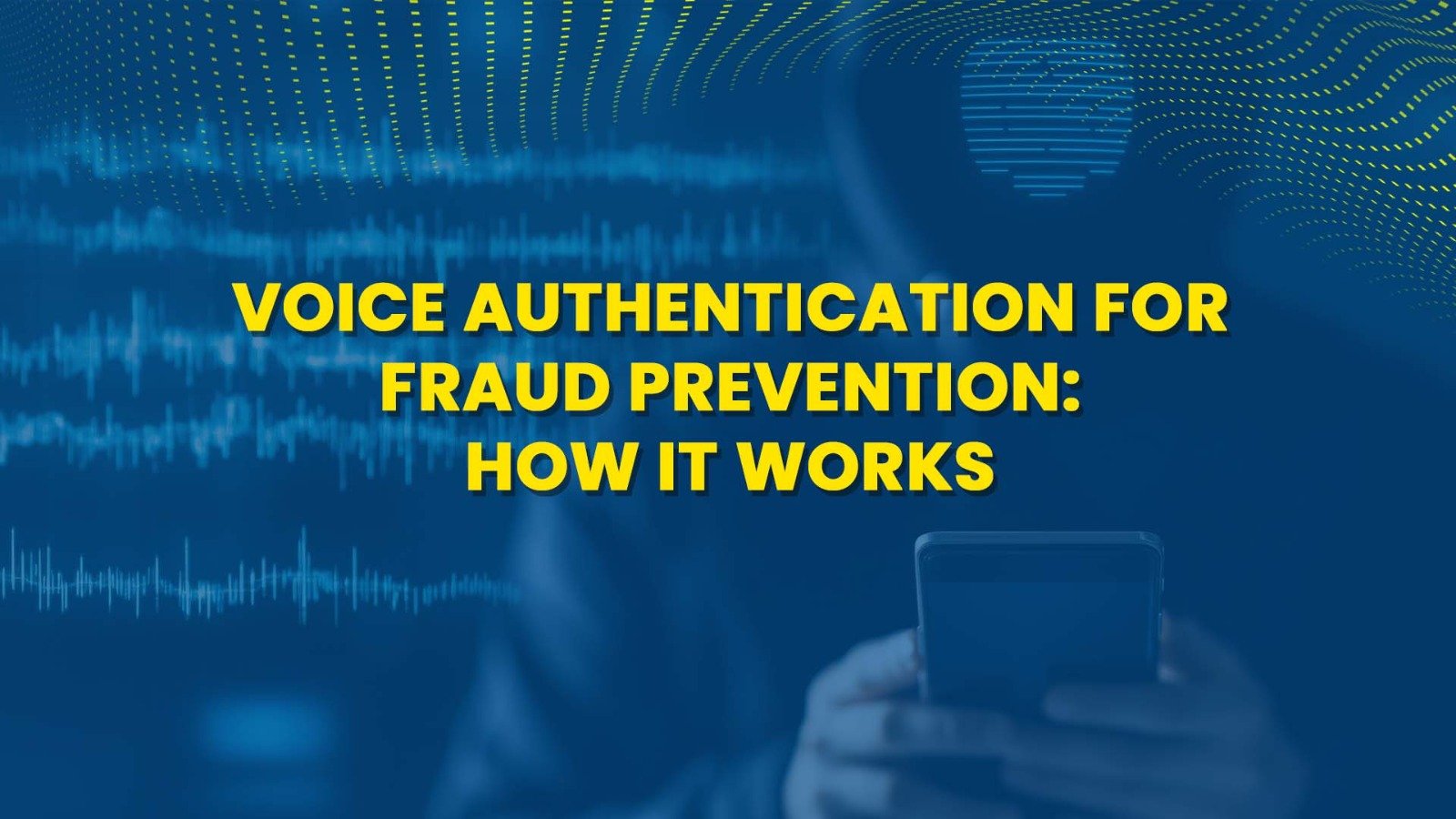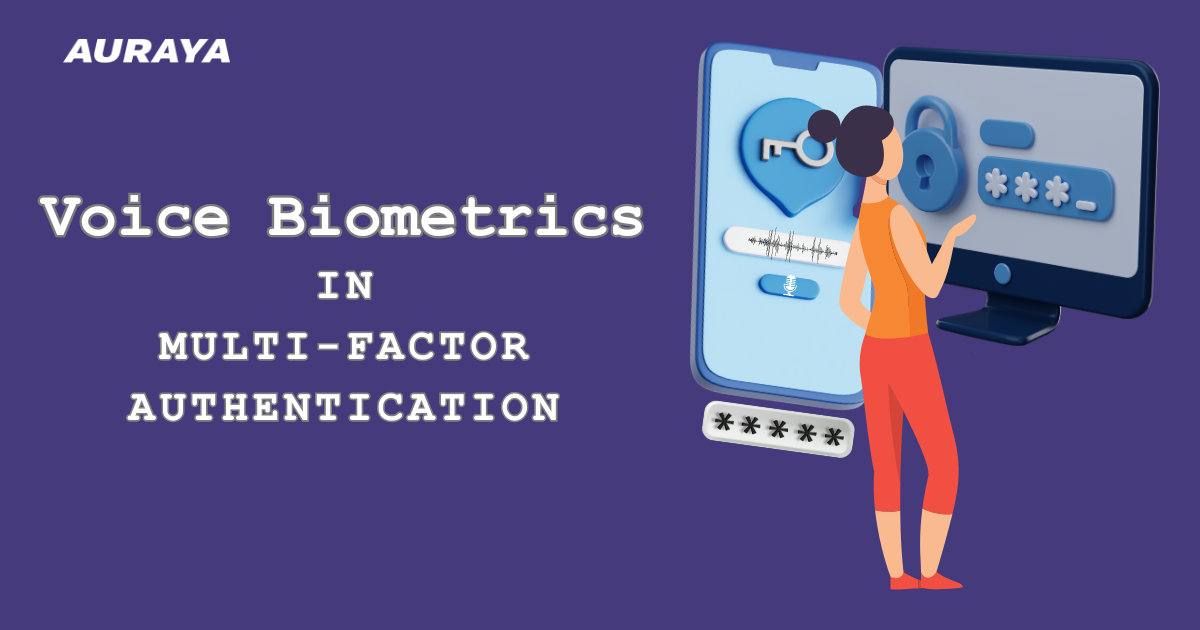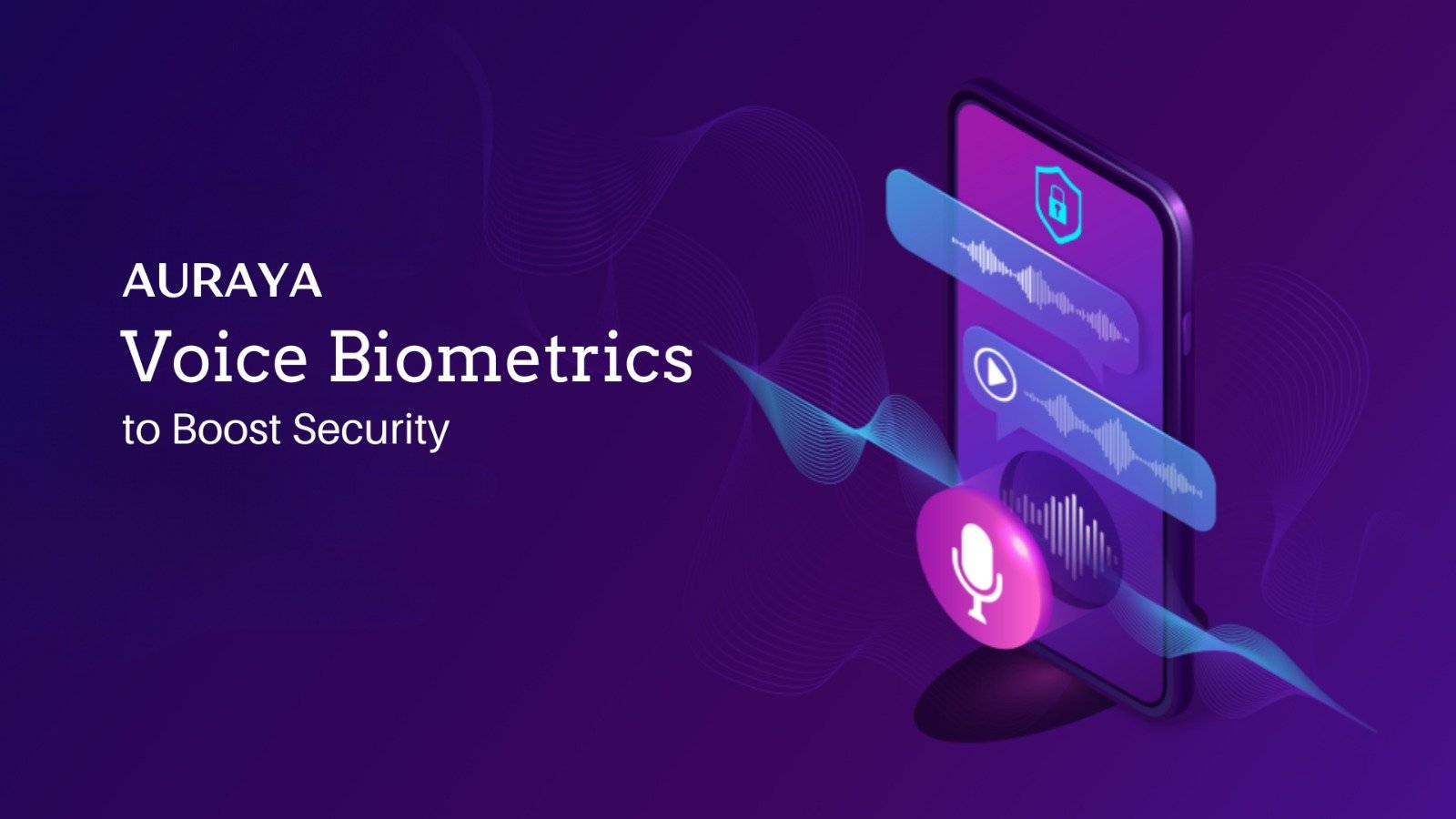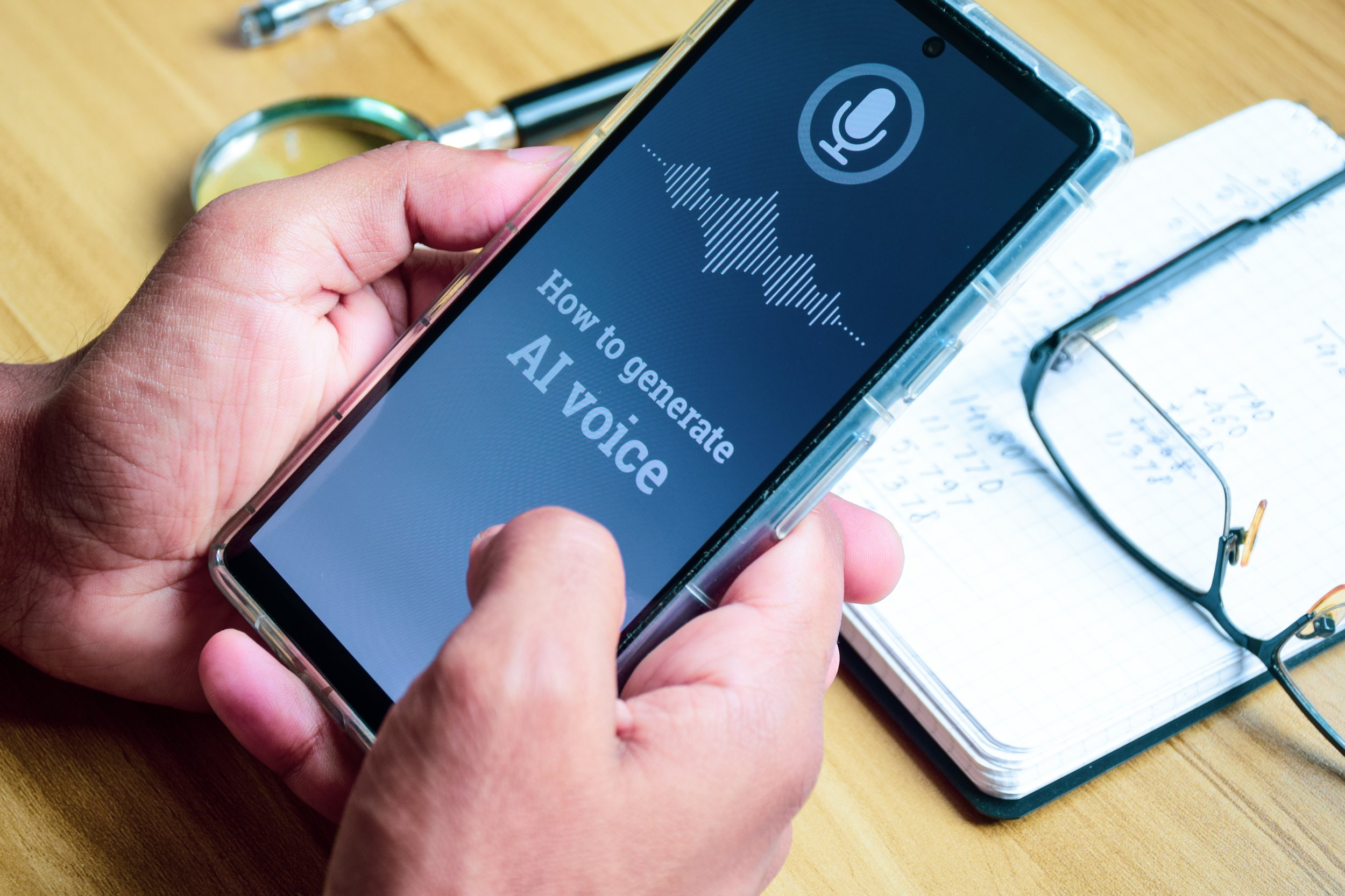M-Commerce and Biometric Security
Today, countless consumers use their smartphones to conduct transactions, whether it be mobile shopping or mobile banking. To provide a secure and convenient m-commerce user experience, many organizations have implemented biometric technologies. They have done this by utilizing the biometric capabilities of smartphones, such as face, iris, fingerprint and voice biometrics.
M-Commerce
There is no doubt that e-commerce is an integral part of any business as the world becomes a more digital place. With the need for digital mobility as well, the trend for m-commerce is growing. M-commerce is e-commerce done on a handheld mobile device such as a smartphone. This means any commercial transactions that can be done over the smartphone is considered m-commerce. Some examples of m-commerce are mobile shopping, mobile banking and mobile payments.
“Mobile commerce is a natural progression of e-commerce.”
Smartphone Innovation
With smartphone manufacturers like Apple and Samsung innovating powerful, high-quality devices year-on-year, the performances far surpass the common digital needs of an average user. Smartphone users can do things such as sending emails, browsing the web, watching videos, taking photos and using the millions of apps on the app store. Smartphones also feature biometric security technologies such as fingerprint and voice biometrics. Interestingly, all these things play a part in making m-commerce work.
M-Commerce Statistics
To understand the scale of m-commerce, here are some quick statistics:
In 2018, 39.6% of all US retail e-commerce was generated via m-commerce and is expected to increase to 53.9% by 2021 [source]
In 2018, 46.5% of Australians used mobile banking [source]
In 2017, there were 600 million WeChat Pay users, 400 million Alipay users and 210M Paypal users; with Apple Pay and Samsung Pay only having 87 million and 34 million respectively. [source]
The top 5 mobile wallet users by country are: China (47%), Norway (42%), United Kingdom (24%), Japan (20%) and Australia (19%) [source]
As m-commerce continues to be globally adopted, critical importance is placed on providing a secure and convenient m-commerce user experience.
Biometric Security
Biometric security such as Auraya’s voice biometric engine, ArmorVox, can greatly improve the convenience and security of m-commerce. In fact, biometric technologies such as face, iris, fingerprint and voice biometrics are already widely used in mobile applications today to identify and verify users. Telstra Retail currently uses ArmorVox for in-store credit check authorizations, allowing quick and delightful verification and authorization services. Meanwhile, the Bank of New Zealand uses ArmorVox to identify and verify banking customers by only stating their identification numbers, providing convenient and secure user experience. Furthermore, Apple Pay and Samsung Pay use fingerprint biometrics to verify and authorize transactions digitally using a smartphone without the physical need of a credit or debit card.
In PaySafe’s white paper titled ‘Lost in Transaction: The end of risk?’, research shows that:
54% of consumers in the United Kingdom have used biometric authentication technology to authenticate payments
61% of consumers believe that biometric technology is quicker and more efficient compared to traditional online payment methods
37% believe that biometrics is more secure than other verification methods
66% express concerns regarding online purchases without being prompted for their password
These statistics show that although biometric technology has proven to be more secure and convenient when compared to traditional methods, there is still a stigma surrounding it. The best way to address these concerns is to ensure proper biometric security implementation via multi-factor authentications. By utilizing at least two factors, biometric security can be properly implemented with minimal risks and concerns.
Further, these biometric technologies can be tweaked to provide superior security and accuracy, whilst being able to detect imposters. For example, ArmorVox can be tweaked to achieve a false reject rate of less than 0.01% when the selected false accept rate is 1 in 10,000*. ArmorVox can also reduce its error rate by over 90% with patented features such as active learning, tuned UBM, speaker-specific thresholds and speaker-specific background models. Bear in mind that the initial error rate would already be minuscule.
The Future Ahead
In conclusion, m-commerce and biometric technology truly go together. With improved convenience and security, consumers can engage in m-commerce seamlessly. With the rate of innovation in smartphones and other smart devices and the constant developments and improvements in biometric technology, only time will tell when it completely replaces knowledge-based passwords.
* (results based on independent tests using the NIST standard of a non-conformant attack against a voice print created using 3 enrollment utterances of a unique number with 3 active learning cycles and 2 verification attempts on the same channel).






